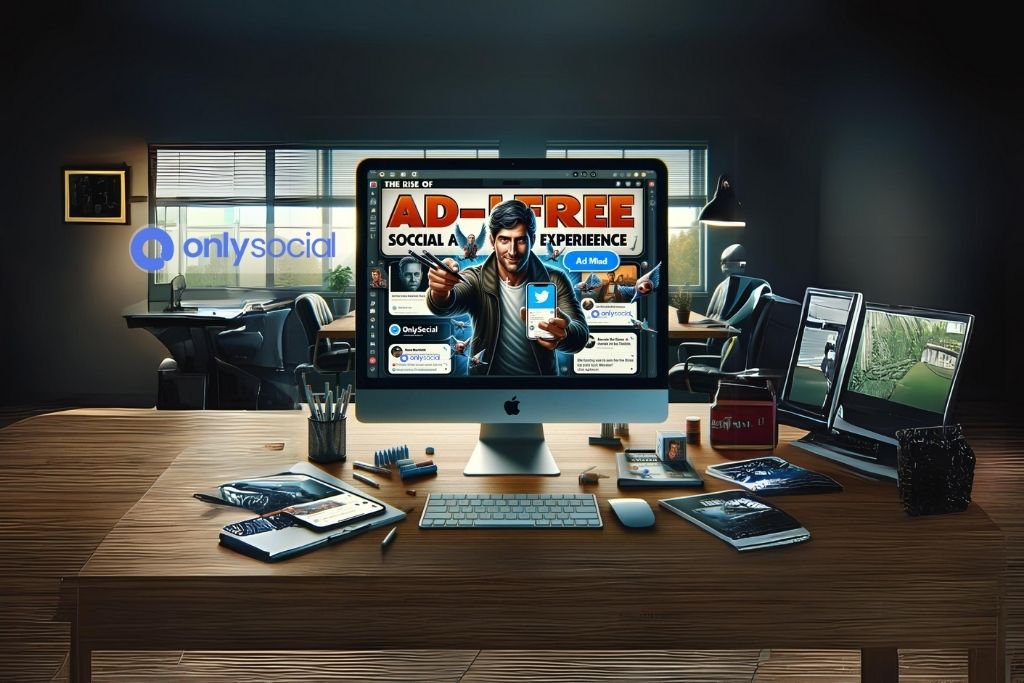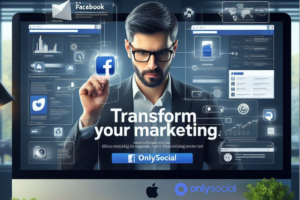In an era where we’re continually bombarded with advertisements, the charm of an ad-free social experience is becoming increasingly enticing. Pop-up ads, banner ads, sponsored posts—you’ve likely encountered these phrases countless times in your digital life. Ads undeniably shape our online existence, particularly within the realm of social media. But what if it wasn’t so? What if your social media scrolling was unhindered and clean, free from the ubiquity of ads? Welcome to the world of an Ad-Free Social Experience.
Table of Contents
Defining Ad-Free Social Experience
To appreciate the potential of this wave, we must first understand what an ad-free social experience involves. As the term suggests, it’s simply the experience of using social media without being interrupted by or exposed to, any form of advertisements. As users, we enjoy our social networking sites, our instant messages, and our posts, all without the clutter of pop-ups and banners bidding for our attention.
A Breather from the Noise
Imagine scrolling through your favorite social media platform, enjoying status updates from friends and family, and interesting content from your favorite creators, all presented in a clean and uncluttered space. That’s the core of an ad-free social experience. It gives you, the user, power over your digital environment, providing an unadulterated experience that purely focuses on content that truly interests you.
In the following sections, we’re going to delve into a discussion about why the ad-free social canvas is gaining popularity, its pros, and cons, and even explore the potential direction of the ad-free social experience in the future. There’s a whole new world of serene social interactions just waiting to be discovered so, let’s dive in together.
The Allure of an Ad-Free Social Experience
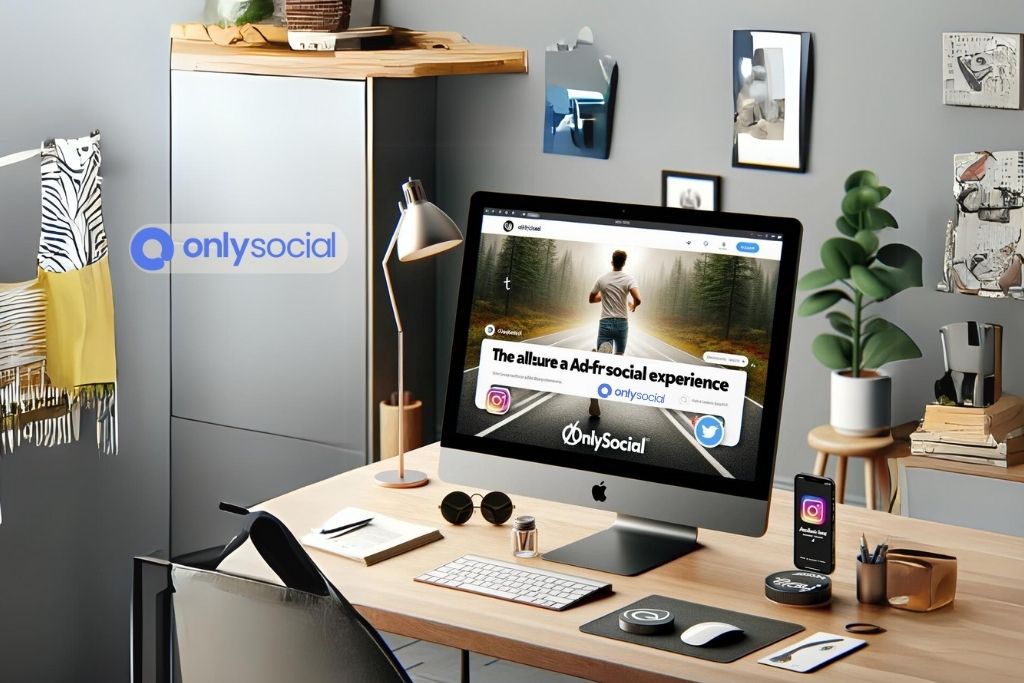
As we engage more deeply in the digital era, it comes as little surprise that the concept of an ad-free social experience is gaining notable traction. Amid the chaos of information overload and commercial content, many users are yearning for a more serene experience. But let’s unpack why it’s turning heads now more than ever.
Internet Users’ Changing Preferences and Expectations
How we use and perceive social media has experienced seismic shifts. This environment, once a sanctuary for personal expression and connection, has increasingly become a marketplace. Pop-ups, sponsored posts, unsolicited digital billboards—they’ve all become an inherent part of our digital landscapes. But users are longing for a change, a return to the genuine spirit of social networking. The ad-free social experience offers just that–genuine connections without commercial interruptions.
Bursting the ‘Ad Bubble’
Another critical factor in the rising popularity of ad-free social platforms is the increasing awareness around privacy and data security. Let’s face it, internet users are becoming more savvy and more selective about their online preferences. The revelation that our data, our interests, and our online movements are being tracked to serve us targeted ads has led to a shift in sentiment. It’s part love for ad-free environments and part rebellion against the ‘ad bubble’, but one thing is clear–the demand for privacy and integrity in our social experiences is driving the wave towards ad-free platforms.
Digital Wellness Contributes to Ad-Free Social Experience Popularity
Lastly, let’s not underestimate the impact of digital wellness, a subject garnering considerable attention in recent years. As we become more conscious of our screen time and online habits, the realization has hit home. The constant barrage of ads is not only intrusive but can also be mentally draining. The shift towards ad-free social experiences is, in many ways, a pursuit of well-being, of uncluttered digital spaces that provide respite from the frenetic tempo of the online advertising world.
With these viewpoints in mind, the popularity of an ad-free social experience makes a lot of sense. It not only appeals to our desire for a cleaner, more personal space but also answers the call for privacy and digital wellness. As we proceed, let’s discuss the benefits these ad-free platforms herald and try to look at the other side of the coin, assessing any possible drawbacks that may arise. But for now, it is safe to say that the ad-free social experience is not just a trend—it’s a movement conscious digital citizens are willingly embracing.
The Layered Landscape of an Ad-Free Social Experience: Pros and Cons
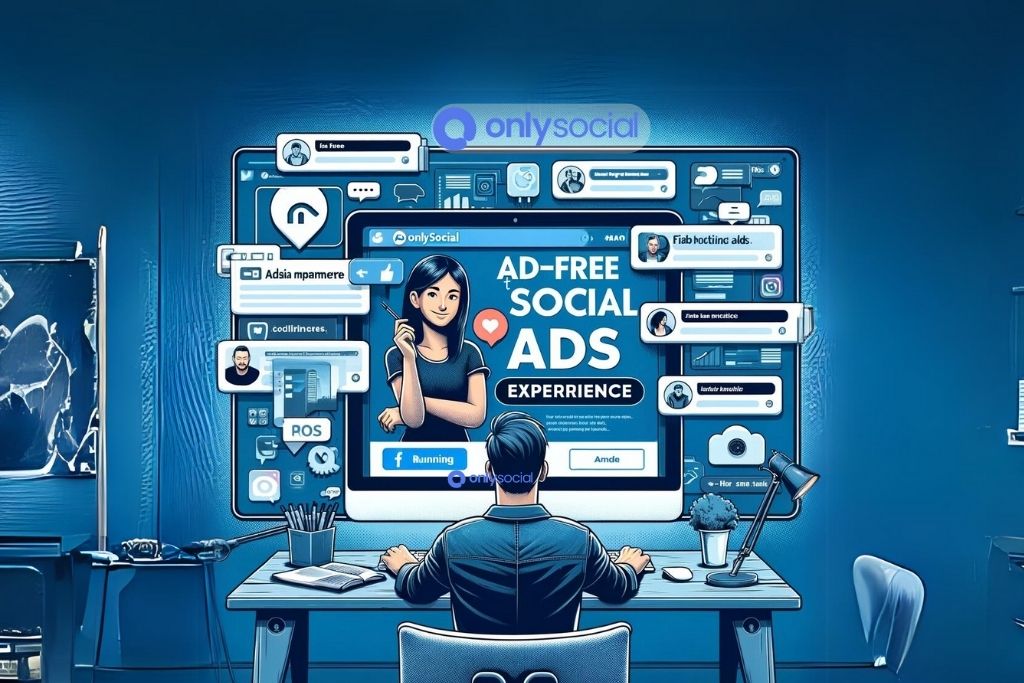
Just like any technological or cultural shift, the concept of an ad-free social experience carries a mix of noteworthy benefits and potential drawbacks. Before opting for an ad-free experience, it’s crucial to weigh these to make an informed choice.
Pros and Cons: A Comparative Table
| Pros | Cons |
|---|---|
| Uninterrupted User Experience | Questions of Sustainability |
| Enhanced User Privacy and Data Security | Limited Visibility for Small Businesses and Creators |
| A Less Commercial, More Authentic Space |
A Deeper Dive into the Pros
The most immediate and palpable benefit of an ad-free social experience is the smooth, uninterrupted user journey. Without ads vying for your attention, you can enjoy a sustained focus on the content you choose.
Enhanced User Privacy and Data Security
As mentioned earlier, ad-supported platforms often track user behavior and preferences to provide well-targeted ads. With ad-free platforms, there’s no need for tracking or data mining, leading to enhanced privacy and data security for users.
A Less Commercial, More Authentic Space
Another advantage lies in reclaiming the original ethos of social media — genuine connection. By removing ads, social platforms can steer away from commercialization and nurture a more authentic space for personal interactions.
A Closer Look at the Cons
One significant concern is economic viability. Ads are a primary revenue source for most social media platforms. Without these, how will the platforms sustain their operations, server costs, and staff salaries? Subscription models might be a potential resolution, but how many users are willing to pay for social media services they’ve come to expect for free?
Limited Visibility for Small Businesses and Creators
An ad-free space could also limit exposure for small businesses and emerging creators who rely heavily on social media advertising. This consequence could impact the growth and discoverability of these entities, creating a need for unique solutions.
While the appeal of an ad-free social experience is evident, it doesn’t come without its caveats. What’s important for users is to evaluate these facets in line with personal needs and expectations from digital interactions. As we explore the layers of this emerging phenomenon, we should consider the potential impact it may have on our social media experiences in the future.
The Future of Ad-Free Social Experience: Tending Towards A User-Centric Paradigm
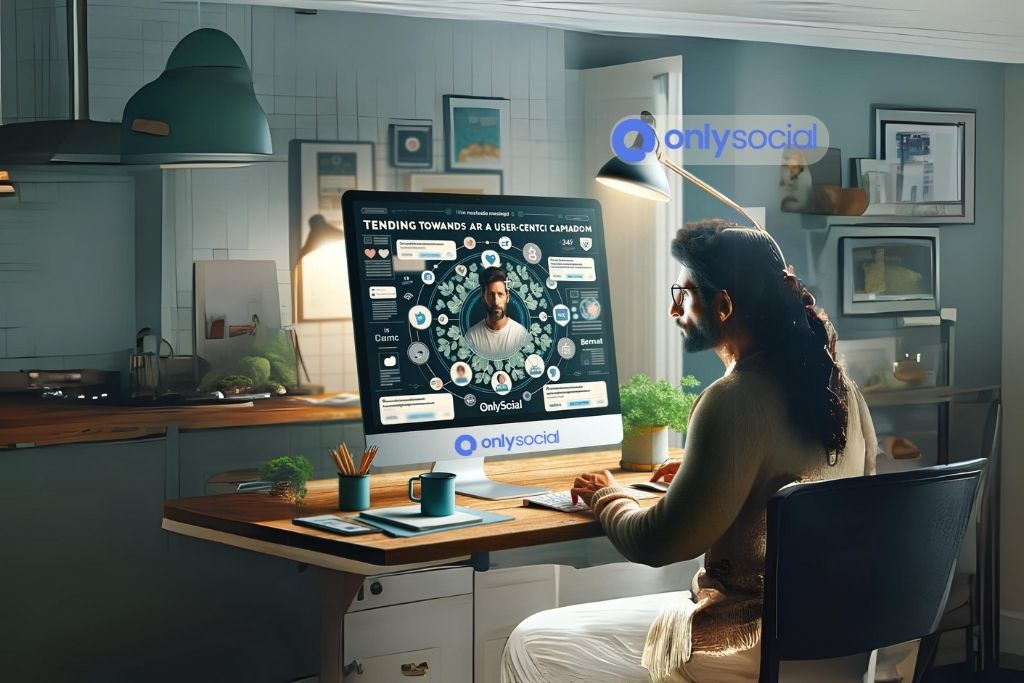
The rising demand for an ad-free social experience reflects a significant shift in user mindset—it’s clear, that users no longer want to be mere objects of marketing strategies. They desire genuine connections that align with the real ethos of social media and respect their privacy. Here, we dive into the potential future of an ad-free social experience and why it’s more than just a passing trend.
User Subscription Models: A Viable Path Forward
To keep platforms economically viable in the absence of ads, we may observe an increased shift toward user subscription models. Although this might not appeal to everyone, it resonates with a sizeable user segment that prioritizes privacy and ad-free experiences above free usage.
A Rise in Privacy-Focused Platforms
The increasing demand for an ad-free social experience will likely spur the rise of privacy-focused platforms that thrive on respecting user data and individual privacy. These platforms will prioritize user data security and promise not to sell or manipulate users’ data for advertising.
A New Wave of Influencer Marketing
Eliminating ads doesn’t necessarily mean the end of all marketing on social platforms. A more organic form of marketing may surface with increased influencer collaborations and partnerships. This approach feels less intrusive to users as they voluntarily choose to follow influencers, and the promotional content blends into their regular posts.
The Potential Outcomes: A Comparative Table
| Opportunities | Challenges |
|---|---|
| Users’ trust increased due to regained privacy | The transition from free to paid services may lead to user dissatisfaction |
| Opportunities for privacy-focused platforms | Possible reduced exposure for small businesses |
| Enhanced user experience due to reduced ad distractions | Subscription costs may not be affordable for all |
The future of an ad-free social experience, with its cons and pros, shows that the world is moving towards a more user-centric digital paradigm. This marks a significant shift where users’ privacy, experience, and preference bear more weight than just bombarding them with sales pitches.
It marks a promising future where users reclaim control of their data and social media platforms become more conscious and respectful of their users’ preferences and rights. As the world becomes more digitally connected, an ad-free social experience may become the norm rather than the exception, eventually revolutionizing the way we interact online.
BONUS
In the era of ad-free social experiences, take control with OnlySocial’s Post Planning and Scheduling function. With unlimited posting and the ability to manage unlimited social profiles, our tool empowers you to streamline your social media game effortlessly. Maximize efficiency, engage your audience, and reclaim your time. Ready to experience the future of social management? Try OnlySocial risk-free with our commitment-free 7-day trial today.
Frequently Asked Questions
What is an Ad-Free Social Experience?
An ad-free social experience refers to using social media platforms without any advertisements. Here, users can enjoy content without interruptions from advertisements and targeted marketing campaigns.
Are Ad-Free Social Experiences Secure?
Yes, ad-free social experiences are typically more secure. As there’s no need for targeted advertising, these platforms have no reason to track user behavior or collect personal data for ad targeting, enhancing user data privacy and security.
How do ad-free social platforms sustain themselves financially?
While advertisements are a major revenue source for most social media platforms, ad-free platforms often opt for alternative revenue models. These may include user subscription fees, donations, or freemium services.
Does an ad-free experience include influencer promotion?
Technically, if an influencer is advertising a product or service, it’s considered a form of advertising. However, in the context of an ad-free experience, we usually refer to the absence of platform-served ads. Users voluntarily follow influencers, so their promotions are not considered intrusive as platform-served ads.
What do I lose in an ad-free social media experience?
While it depends on individual perception, the most apparent downside could be less exposure to new products, services, or content. Ads do, apart from their obvious intention, introduce users to new offerings. Ad-free experiences might limit such exposure. On the business front, small businesses and creators may experience reduced visibility due to the absence of advertising.

